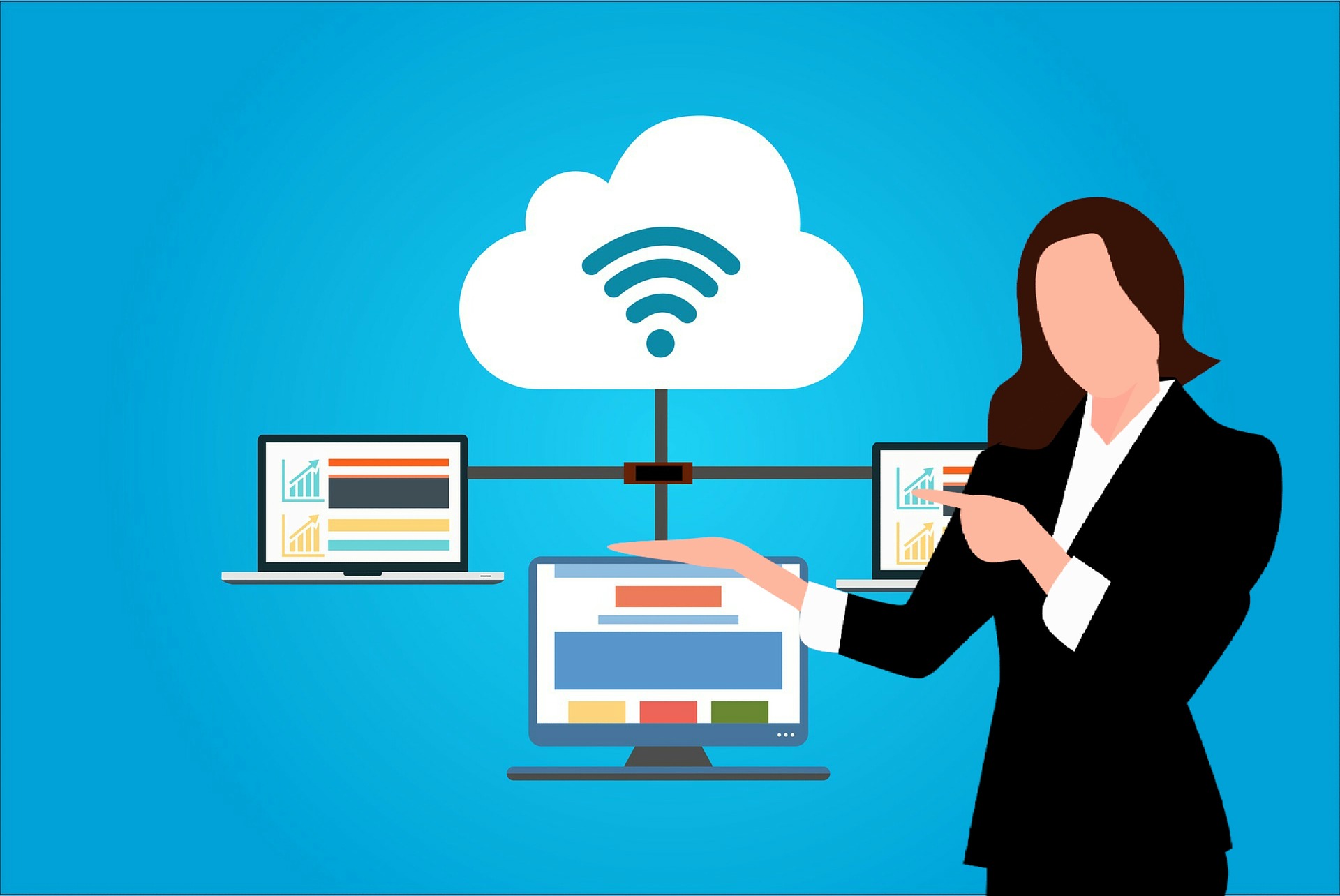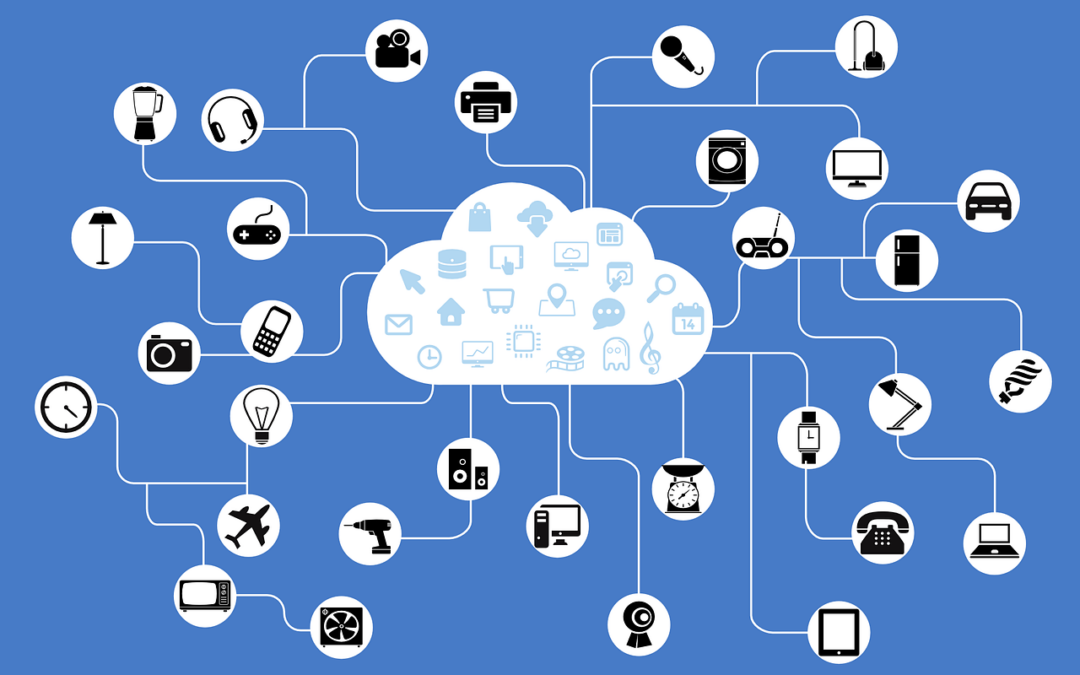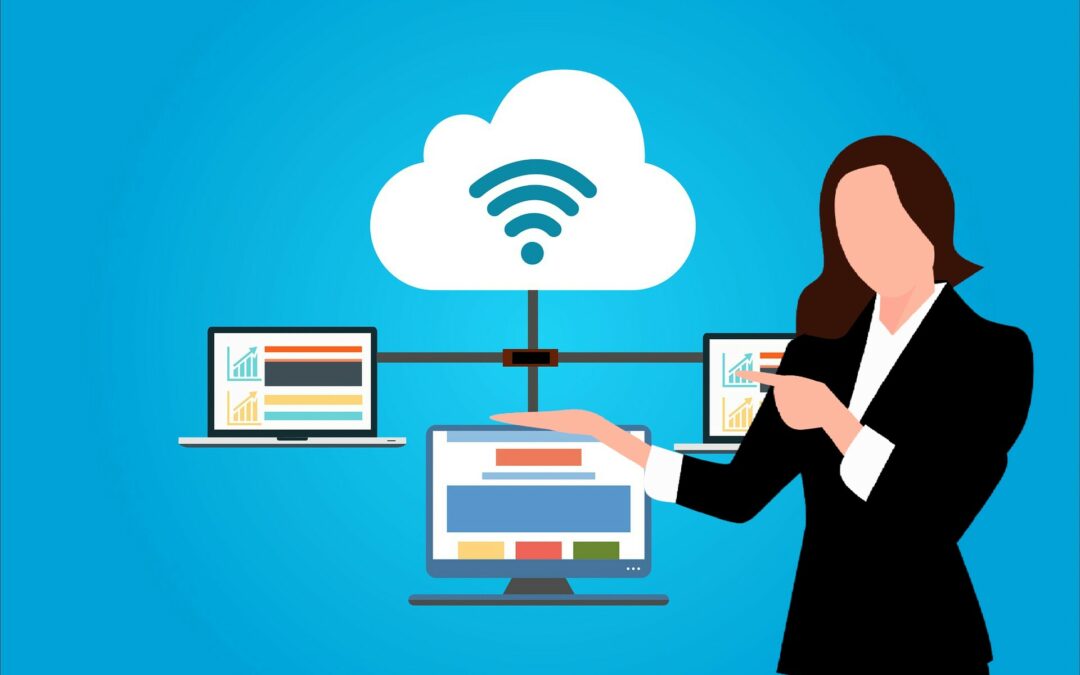User adoption
When implementing a new system or new technology, it is important to focus on user adoption. An essential part of the process lies in directing attention towards how employees adopt the new implementation. Ultimately, they determine the outcome of whether the new technology will benefit the company or not. User adoption can be facilitated through several strategies. Therefore, it is important for a company to consider this before launching new software.
More than an IT system – Employees come first
User adoption is about much more than helping the company’s employees use new technology. It largely depends on the employees for successful user adoption. Employees need to be adaptable and invested in becoming familiar with the new system. Therefore, it is crucial for the company to develop a strategy for user adoption. Transparency and ownership of the process and new systems can counteract the feeling among employees that the changes are being imposed on them. It is essential to invite employees to join the journey of change. The advantage of involving employees early in the process is that they take ownership of the process. They often become frontrunners in implementing the change. Thus, the perception that only management promotes the change can be reduced or eliminated.
“If you want your employees to love their current IT system, flaws and all, just introduce them to a new one.”
A key term here is change management. Implementing a new system or technology can seem intangible and too disruptive for employees who are already comfortable with the original system used in the organization. Implementation can therefore face resistance and insecurity. This can be minimized or avoided altogether by leading a successful change process that gains support within the organization.
Strategies for user adoption
Implementation of a new system can be done in several different ways, and not all strategies work for all companies. It is therefore essential to get an overview of the strategies and select the one that best fits your organization.
Gradual adoption
Gradual adoption is ideal if changes need to be implemented gradually over a period of time. Gradual adoption ensures that no more than one part is implemented at a time, which must function smoothly and without issues before implementing the next part of the system. The advantage lies in the gradual adaptation and functionality. Implementation continues only when the first part is working. A disadvantage is that it can result in a very lengthy process, as implementation occurs in small increments.
Merging adoption
Merging adoption works in practice by not immediately transitioning employees from one system to another overnight. Instead, they have a transition period where they gradually access the new system and gradually phase out the old one. The advantage lies in the transition period, which allows time to get used to the new system while gradually weaning off the old one. The disadvantage here is having to juggle between two systems until the implementation of the new system is complete.
Abrupt adoption
Abrupt adoption is the most disruptive strategy to use. In practice, a date is set for the transition to the new system, without any milestones along the way. The change happens from one moment to the next. The strategy assumes that employees are well-prepared for the change that is about to occur. They need to be informed about the process, how it will take place, and what impact it will have on their workflow. If employees are adequately equipped before the transition, the advantage of this strategy is the short implementation period. Conversely, if employees are not well-prepared for the significant change, it can be a major drawback during implementation.
At digitalworkspace365, it is our experience that regardless of the desired strategy, employees must be involved in the process to achieve the best outcome in adopting the new system. The transition from one system to another can be both short and long. The crucial success factor is that the users are part of the journey and can provide input, criticism, and praise while also serving as the critical pieces when testing the new system.
User adoption in practice
digitalworkspace365 plans and develops tools that fit customers like a glove. A thorough introduction to the new system is provided to make the adoption feel natural and manageable. We strive to achieve clear and effective communication with our customers throughout the process, aiming to address and specify all needs, both hidden and visible.
Customer Case:
Port of Aarhus
At Port of Aarhus, the strategy has been to designate some super users who first learn to use the new system and then take charge of the adoption process for the rest of the employees. In the case of Port of Aarhus, they have tackled one area at a time since they deal with multiple different areas of work. The tools are developed to be easy to navigate, with a simple homepage and a “help center” where users can search for information and learn how to navigate. At Port of Aarhus, courses and workshops have been held to introduce the use of the system and its tools. The adoption process works like a wave; new people come on board continuously, and employees become better and better at using the system.

Michael Buades
Sales Director
Fill out the form below and we will reach out to you
Do you want to have a non-binding conversation about the possibilities?









